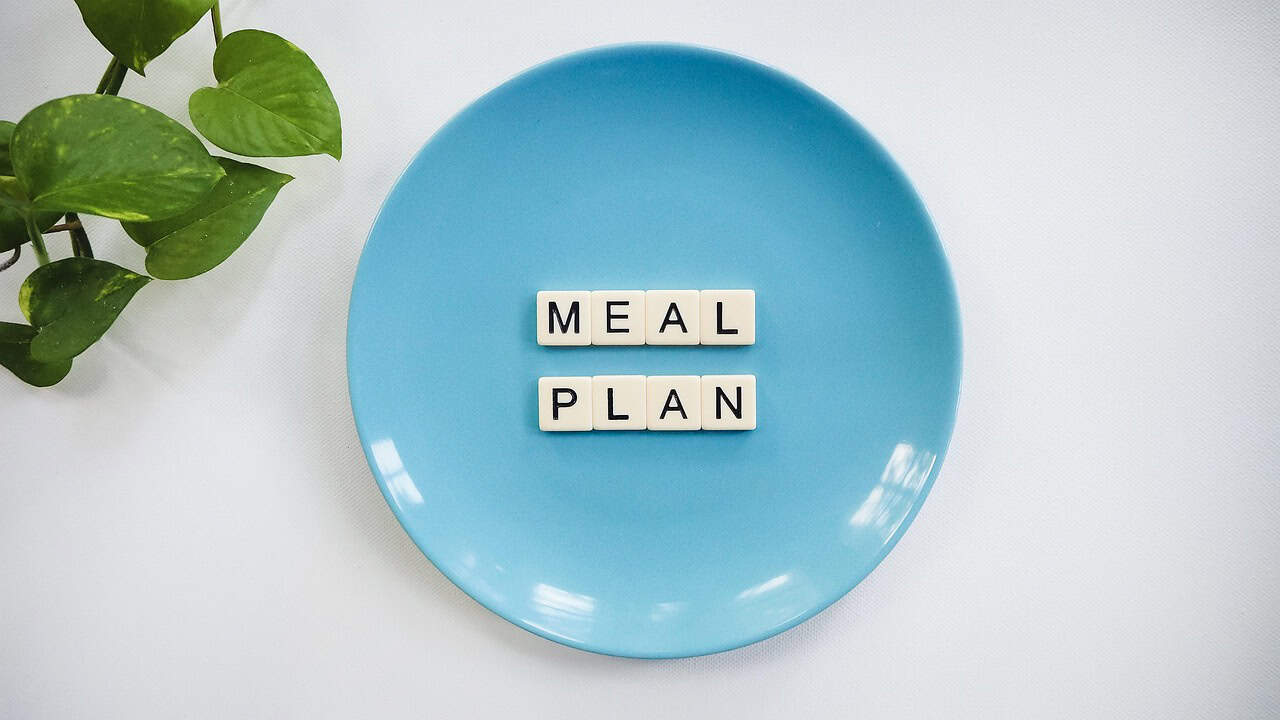Best Fat Burning Foods: Your Complete Guide to Weight Loss Success
Estimated reading time: 7 minutes
- Understanding fat burning foods can support weight loss and overall well-being.
- Key nutrients include protein, fiber, and healthy fats.
- Incorporate a variety of these foods into balanced meals.
- Focus on whole foods and hydration for better metabolism.
- Consistency is key for achieving weight loss goals.
What Are Fat Burning Foods?
Fat burning foods are those that aid in weight loss by boosting the metabolism and increasing satiety. They typically have high amounts of protein, fiber, and essential nutrients, making them perfect for anyone looking to lose weight and maintain a healthy lifestyle. According to reputable sources, incorporating these foods can stimulate metabolic activities and help you feel fuller for longer, making weight loss more manageable and sustainable (WebMD), (UnityPoint Health), (Prevention).
Key Nutrients in Fat-Burning Foods
1. Protein
High-protein foods, such as lean meats and fish, require more energy to digest, which helps boost your metabolism. An adequate protein intake not only supports weight loss but also helps in maintaining muscle mass while losing fat.
2. Fiber
Foods rich in fiber like quinoa, lentils, and whole grains slow digestion, enhancing feelings of fullness. This can lead to reduced calorie intake throughout the day.
3. Healthy Fats
Incorporating healthy fats such as those found in salmon and nuts helps keep you satiated and supports energy production.
4. Antioxidants and Phytochemicals
Certain foods, like green tea, cinnamon, and ginger, can enhance metabolism through unique biochemical pathways, offering additional weight loss benefits.
Best Fat Burning Foods
Here’s an in-depth look at specific foods that can help you burn fat more effectively:
1. Lean Proteins
- Chicken Breast: A staple in many healthy diets, chicken breast provides around 27 grams of protein per serving, supporting muscle maintenance and a higher metabolic rate (WebMD).
- Fish: Salmon and tuna are high in omega-3 fatty acids and protein, which can aid in fat burning (UnityPoint).
2. Whole Grains
- Quinoa: Packed with both fiber and protein, quinoa is a nutritious and satisfying choice that can help manage hunger (WebMD).
- Oatmeal: Oatmeal is a fantastic choice due to its high fiber content, promoting feelings of fullness and supporting digestive health (UnityPoint).
3. Fruits and Vegetables
- Grapefruit: Known for its soluble fiber content, grapefruit can help decrease calorie intake during meals (WebMD).
- Watermelon and Cucumber: With high water content and low calorie counts, these fruits and veggies help keep you full without breaking your caloric budget (Prevention).
- Broccoli: This cruciferous vegetable is not just nutrient-dense but also high in fiber and water, aiding in satiety (UnityPoint).
4. Dairy and Alternatives
- Greek Yogurt: This tasty option is high in protein and can enhance satiety while increasing calorie burn during digestion (WebMD).
- Skim Milk: Rich in calcium and vitamin D, skim milk is vital for maintaining muscle mass and promoting metabolism (UnityPoint).
5. Spices and Herbs
- Cinnamon: This aromatic spice may speed up metabolism by influencing carbohydrate metabolism (Prevention).
- Ginger and Turmeric: Known for their anti-inflammatory properties, these spices can support weight loss efforts (Prevention).
6. Other Helpful Foods
- Berries: Low in calories and high in fiber, berries make for an excellent snack choice that supports weight loss (UnityPoint).
- Almonds: Providing healthy fats and fiber, almonds help curb hunger and promote satiety (UnityPoint), (Harvard Health).
- Dark Chocolate: In moderation, dark chocolate can offer health benefits due to its antioxidant properties (Prevention).
Tips for Incorporating Fat-Burning Foods
- Plan Balanced Meals: Aim to combine protein-rich foods with fiber-rich options to create more satisfying meals.
- Stay Hydrated: Proper hydration can support overall health and enhance metabolic processes (UnityPoint).
- Add Spices: Boost flavors and metabolic effects by incorporating spices like cayenne pepper or cinnamon into your meals.
- Select Seasonal and Whole Foods: Whenever possible, choose unprocessed foods over heavily packaged options, focusing on seasonal picks.
Conclusion
Focusing on a balanced diet rich in lean proteins, whole grains, fruits, vegetables, healthy fats, and spices can significantly support your weight loss and metabolic health journey. Incorporating these best fat burning foods into your daily meals doesn’t just help in reducing weight; it also fosters a healthier lifestyle overall.
At Lose That Weight, we are dedicated to guiding you through your weight loss journey by providing practical tips, resources, and expert advice. Explore more helpful articles and tips on our website and take your first step toward achieving your health and wellness goals!
Call to Action
If you found this guide helpful, make sure to check out our other resources and articles on weight loss strategies, meal plans, and lifestyle tips at Lose That Weight. Remember, every small change counts toward your ultimate goal!
FAQ
What are fat burning foods?
Fat burning foods are those that support weight loss by enhancing metabolism and increasing feelings of fullness.
How can I incorporate fat burning foods into my diet?
You can incorporate fat burning foods by planning balanced, nutrient-rich meals, staying hydrated, and selecting whole foods.
Are all fats bad for weight loss?
No, healthy fats can actually support weight loss by keeping you satiated and providing energy.
Is it necessary to count calories when eating fat burning foods?
While calorie counting can be useful, focusing on nutrient-dense fat burning foods can naturally help regulate your intake.
Should I consult a healthcare professional before making major dietary changes?
Yes, it is advisable to consult a healthcare professional to ensure any dietary changes are safe and appropriate for your needs.
